
 |
|
#1
|
|||||
|
|||||
|
Received my corals today and I thought I would post a few pics and info for others. I'll try to keep it short.
The box arrived in great shape and was impressed with the fact that it was a new unused box and well suited for its job. The styrofoam inner box was 1.5" thick which is double the thickness of any other suppliers I have used in the past. The corals were bagged, not once, not twice but FOUR items each. one might have been five. Now some of the fun facts..There was water in the styro box but not really sure where it come from, the bags still had lots of water left in them. The loose water soaked the heat packs and seemed to kill any heat they had as they were cold, not cool to the touch when I opened the box. The corals looked okay but the bags were cold, cold, cold. I threw a thermometer in one bag and the temp was 54-56 degrees.. Due to the fact I knew it was going to be cold I checked to see if they wanted to delay shipment but they reassured me that the coral cost plus shipping would be refunded if DOA so I said go ahead. The one Lobo was looking a bit odd and after a closer look something was lodged in one of its mouths. I got a set of tweezers and eased out a peice of........carbon lol, never seen that before. It was minus 23 degrees when I picked up the package at Fedex this morning and it would have been nice to see how things would have differed if the heat packs weren't doused. Both corals were good sized Lobo brains and after about ten hours in my tank are looking in good shape. In conclusion I would say a positive experience and will be buying again, just on a warmer day. The box they arrived in... 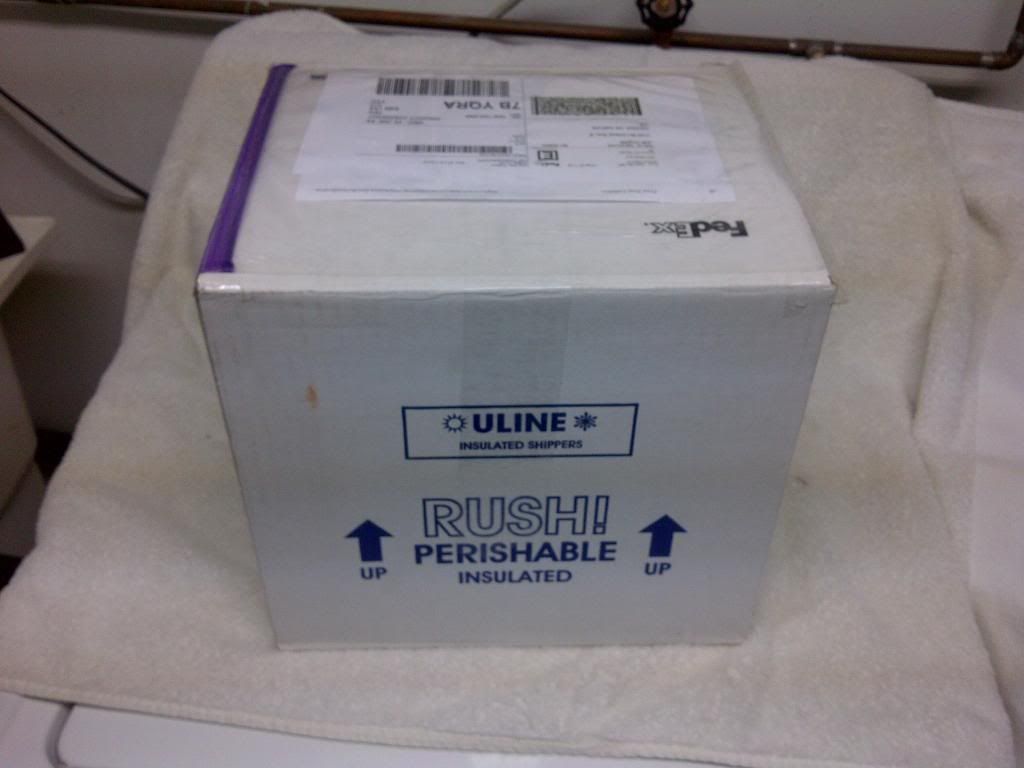 Box opened 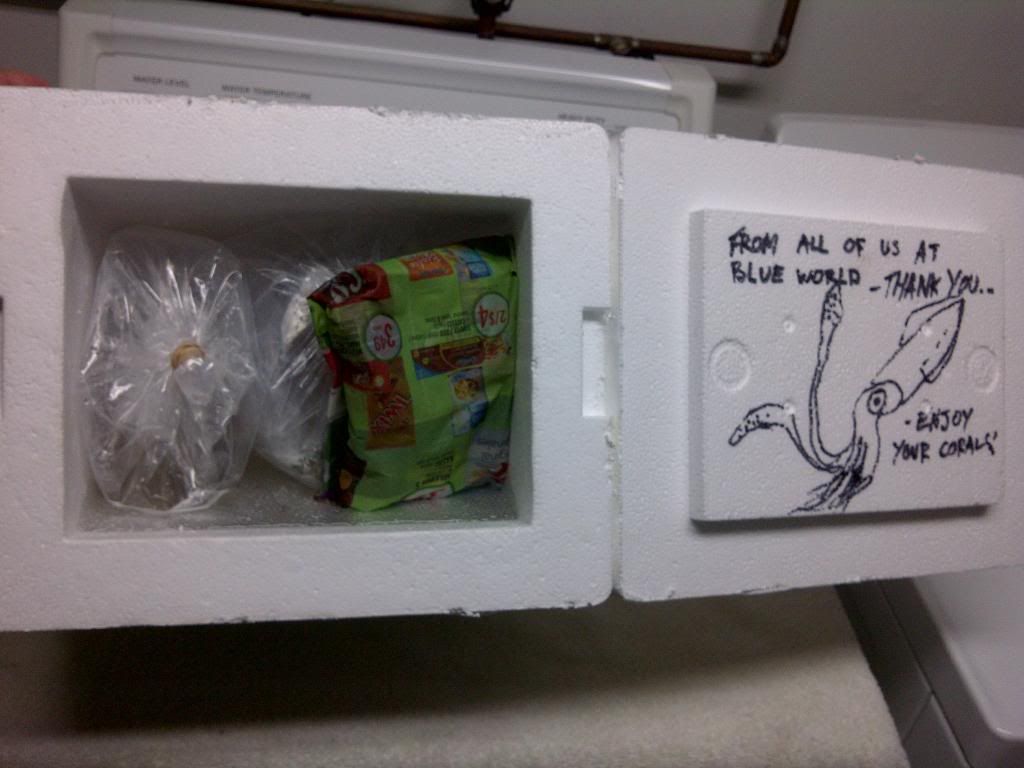 Checking temp 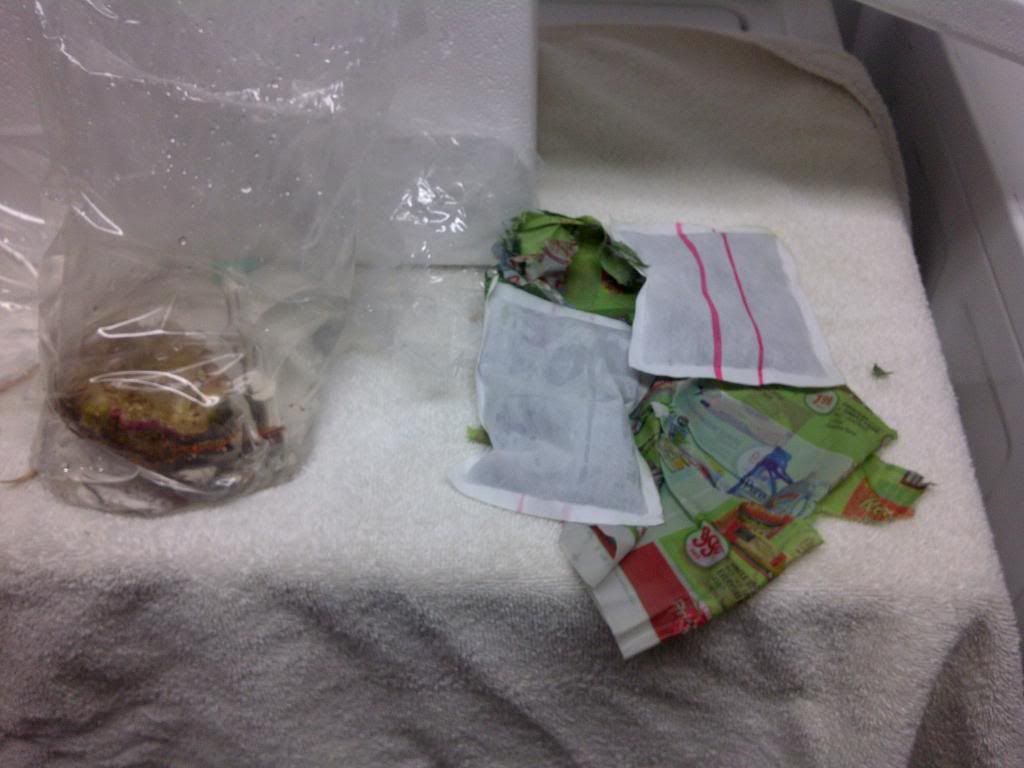 Carbon pellet in mouth 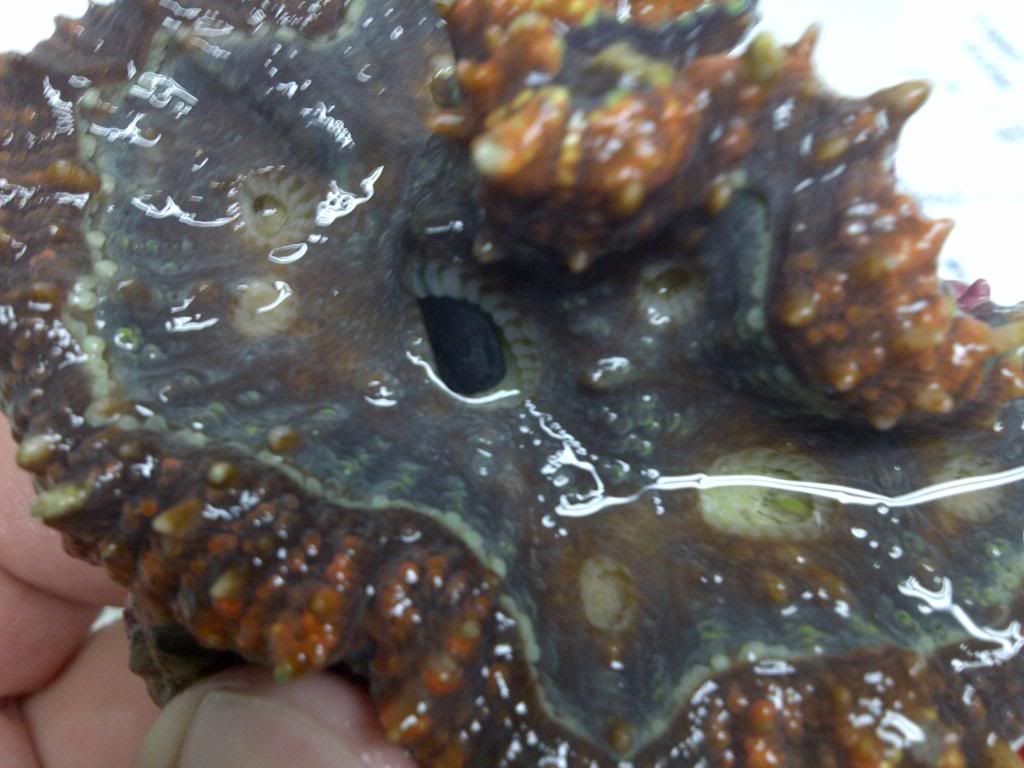 Offending pellet... 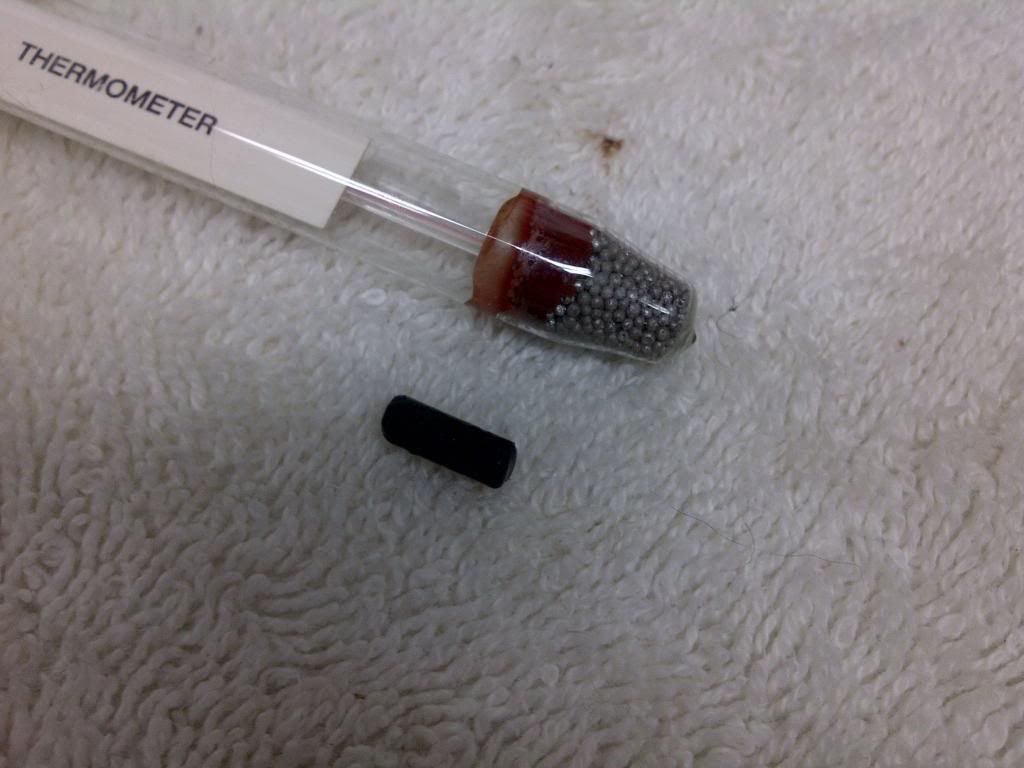 |
|
#2
|
|||||
|
|||||
|
Hi Jeff, thanks for the review! I'm glad the corals arrived okay despite the extreme cold in your area. This is useful information that we will use to improve our shipping methods. Thanks again for the order, and let us know if we can do anything else for you.

__________________
   www.BlueWorldAquariums.com Portfolio builds: XBOX 360 Pico Reef | Don's 185 Deep Reef | Microsoft Game Studios Victoria's 225G Reef | Belmiro's Restaurant 125g Reef -Spencer |
|
#3
|
|||||
|
|||||
|
You're welcome, just keep the awesome LPS colonies coming in. Your WYSIWYG pics in my case were very accurate which was nice.
|
|
#4
|
|||||
|
|||||
|
Always tape heat packs to the inside of the lid. Of course this only works if shippers pay attention to up arrows but none the less good practice. Also many suppliers place a few granules of carbon in each bag for good measure.
Last edited by sphelps; 01-24-2013 at 02:49 AM. |
|
#5
|
|||||
|
|||||
|
I recieved my corals today and the water was quite cold as well. Packaging was impeccible but I think maybe one or two heat packs inside the black bag which wrapped the clear plastic ones along with a couple on the lid may help a bit.
Corals seem to be okay though so that is good! |
|
#6
|
||||
|
||||
|
I like how BWA have that design inside the styrofoam box, that caught my eye.
 |
|
#7
|
|||||
|
|||||
|
Martin & I received our order today as well. I was not there when it arrived but from what I seen packages was great & I thought the little thank you note on the inside of the lid was priceless.
Now the heat pack debate...... IMO & this is both mine & martins opinion, the heat packs should be place right under the bags holing the frags. If its on the lid it's heating nothing but the lid. That's all I have to say on that. WHAT I REALLY LIKED......is the customer service especially from Spencer & Dan. Had a slight issue when Martin & I ordered one of the same frags, Spencer emailed & problem solved. Tonight I received an email from Dan asking how the order was. GREAT CUSTOMER SERVICE hands down.
__________________
Feed the bear goodies, make a new friend, don't feed the bear............... 8' - 165gal Reef DIY LED's Build 2012 Nano Contest Winner Febuary 2013 POTM Winner 300 gal + 60 gal Complete DIY Build |
|
#8
|
|||||
|
|||||
|
Quote:
And Greg is right communication with the guys at Blue World was very good Last edited by jorjef; 01-24-2013 at 04:35 AM. |
|
#9
|
|||||
|
|||||
|
If the heat pack where tossed into a bag & put right under the coral it would help greatly. I had an Oder from fragalot that I instructed him to pack this way when it was -30 here last yr and the temp in the bags with the frags was actually pretty good.
__________________
Feed the bear goodies, make a new friend, don't feed the bear............... 8' - 165gal Reef DIY LED's Build 2012 Nano Contest Winner Febuary 2013 POTM Winner 300 gal + 60 gal Complete DIY Build |
|
#10
|
|||||
|
|||||
|
Thanks for the comments everyone!
We're going to run a series of experiments over the next couple days with our boxes and heat packs, but our main concern is actually over heating the boxes. The temperature at the origin of the package (in our case, relatively warm Victoria) will play a big part in the temperature fluctuations inside the packaging. I haven't had a lot of experience shipping livestock...but I have been on the receiving end of hundreds of livestock shipments. Sometimes they are shockingly cold...and often turn out fantastically. Recently I had a shipment of fish that arrived nice and warm (with more heat packs than usual), close to tank temp, and experienced especially high DOAs. My suspicion is that heat packs can cause a shipment to peak at dangerously high temperatures without careful consideration. We want to provide the highest possible quality of livestock and care, and we will continue to refine our methods until we achieve perfection. Of course all feedback is helpful and appreciated!
__________________
   www.BlueWorldAquariums.com Portfolio builds: XBOX 360 Pico Reef | Don's 185 Deep Reef | Microsoft Game Studios Victoria's 225G Reef | Belmiro's Restaurant 125g Reef -Spencer |